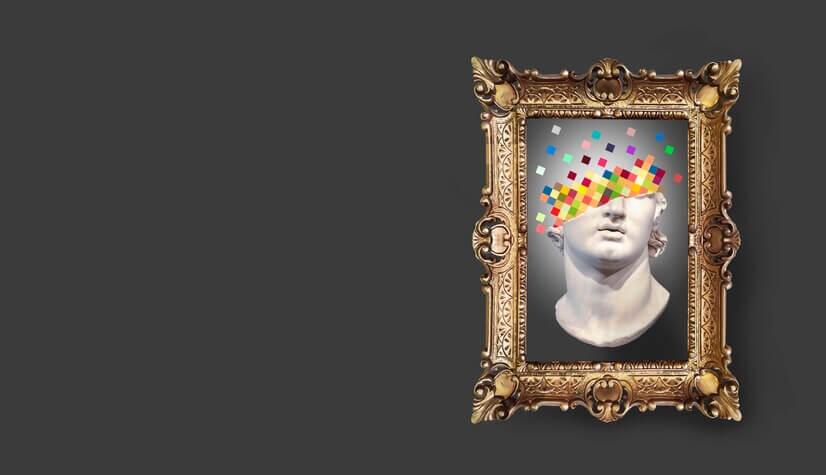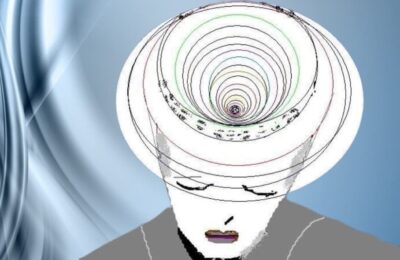Art Analysis: Written by Artist Laiba Imran
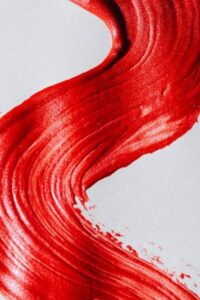
- Have you ever;
- Gazed at a painting
- Wondered about the story behind each brushstroke?
- The magic of art lies not only in its beauty but in the profound analytical skills.
- Inviting us to see deeper into its meanings.
- Mastering these skills can transform your understanding and appreciation of art;
- Whether you’re an aspiring artist,
- Or, an art historian,
- Or simply a curious observer,
What is Art Analysis: Introduction
- Analytic skills in fine arts play an essential role in interpreting, creating, and critiquing art.
- These skills encourage artists, art historians, curators, and educators to analyze artwork’s meaning, context, and techniques more deeply.
- Mastering these skills enhances art analysis and contributes to a greater appreciation of artistic expression.
Art Analysis: Key Points
Visual Art Analysis
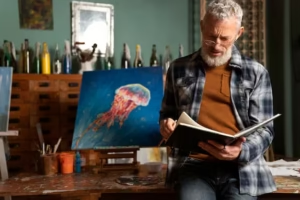
- Identifying components
Clarify the elements of art, including:
- Line
- Shape
- Color
- Texture
- Form, and
- Composition
- Understanding engagement
Explore how these components convey meaning or provoke emotion.
Contextual Analysis
- Reviewing context
To understand its significance;
“Examine the artwork’s historical, cultural, and social context.”
- Insights on Influence
Gain insight into how time and place have influenced artistic:
- Styles
- Techniques
- Subject
Conceptual Art Analysis
- Interpreting themes
Analyze the fundamental ideas, themes, or meanings in an artwork.
- Relating the artist’s aim
Connect an artist’s intent with the viewer’s understanding for a richer art analysis experience.
Critical Art Thinking
- Evaluating art
Assess the influences, weaknesses, and potential improvements in the artwork.
- Forming logical opinions
Create independent, reasoned opinions about art movements, techniques, and individual pieces.
Problem-Solving
- Identifying challenges
Pinpoint creative obstacles and find innovative solutions to enhance artistic creation.
- Utilizing techniques
Apply various art materials and methods to achieve desired outcomes in your artwork.
Comparative Art Analysis
- Comparing artworks
Analyze and contrast different art pieces, styles, or movements to classify patterns and influences.
- Classifying variations
Identify influences and variations among artists and their artworks, contributing to a deeper understanding of art history.
Research Skills
- Studying artists
Research the lives and works of artists, movements, and historical backgrounds to enrich your art analysis.
- Utilizing references
Employ primary and secondary sources to support interpretations and critiques of artworks.
Interdisciplinary Thinking
- Merging knowledge
Combine insights from psychology, philosophy, science, or literature to enhance your understanding of art.
- Analyzing influences
Investigate how non-artistic fields impact artistic practices, broadening your perspective on art.
Art Analysis: Utilization of Analytic Skills in Fine Arts
Art Creation
- Implementing artworks
Create art with a clear understanding of composition, technique, and purpose, enriching your artistic output.
- Enhancing personal work
Reflect on ways to improve your artistic expression through effective analysis.
Art Critique
- Thoughtful analyses
Write or present in-depth analyses of artworks for academic and public audiences, showcasing critical thinking skills.
- Providing evaluations
Offer constructive feedback to peers and students, fostering a culture of critical engagement with art.
Art History and Theory
- Evaluating movements
Study art movements such as Impressionism and Cubism to interpret their evolution and impact on contemporary art.
- Exploring societal norms
Reflect on how art reflects or challenges specific societal norms, enriching the discourse around art analysis.
Curation and Exhibition
- Categorizing art
Select and organize pieces for galleries and exhibitions, enhancing the viewer’s experience through thoughtful curation.
- Creating narratives
Develop stories that deepen audience engagement with displayed works, fostering a greater understanding of art.
Education
- Guiding critical interaction
Teach students how to engage thoughtfully with art, empowering the next generation of artists and critics.
- Motivating artists
Inspire emerging artists to reflect on their techniques and concepts, contributing to a vibrant artistic community.
Conclusion: Art Analysis
- In summary, analytic skills in fine arts serve as the foundation for comprehensive art analysis.
- By developing these skills, in art, individuals can enhance their abilities to:
- Create
- Critique
- Appreciate
- Ultimately enriching the;
- Artistic community
- Its appreciation in society
- Whether through creation, critique, education, or curation, these skills foster the:
- A deeper connection to the artistic process.
- Ideas are conveyed through artwork.
FAQs about Art Analysis
What are analytic skills in fine arts?
- Analytic skills in fine arts refer to the ability to:
- Interpret
- Evaluate, and
- Critique artwork
- It includes various analytical methods, such as:
- Visual
- Contextual
- Conceptual analysis.
- These skills help deepen one’s:
- Understanding of art
- Enhance appreciation
How can I improve my art analysis skills?
- To improve your art analysis skills:
- Practice observing artworks closely
- Study art history
- Engage with various artistic movements
- Seek feedback from peers or mentors
- Reading books and articles on art critique can also be beneficial.
Why is contextual analysis important in art?
- Contextual analysis is crucial because it considers the various backgrounds of an artwork, such as:
- Historical
- Cultural, and
- Social
- Within its context, understanding these elements helps interpret the;
- Artist’s intentions
- Significance of the work
What role does critical thinking play in art analysis?
- About artwork and techniques, critical thinking enables individuals to:
- Assess the strengths and weaknesses
- Form independent opinions
- Engage in thoughtful discussions
How do interdisciplinary approaches enhance art analysis?
- Interdisciplinary approaches enrich art analysis by incorporating knowledge from fields such as:
- Psychology
- Philosophy
- Literature
- This broader perspective allows for the:
- Deeper insights into artistic practices
- Themes expressed in art
- Are you ready to elevate your understanding of art?
- Start honing your analytic skills today,
- Explore more about Fine Arts on our website raiseyourdimensions.com
- Share your views in the comment box.
